Mongolian nature has a stark beauty of its own
Most of these public domain pictures of Mongolian nature come from my friends who live there. In them you can see the Mongolian desert and the Mongolian plateau, as well as forests and rivers. The cameras used are not those for professional photography, but with such magnificent scenes any photograph is striking.
The stark beauty of Mongolian scenery attracts me but it is a hard life there. In the last twenty years there have been periods of extremely harsh weather and famines that have killed off much of the livestock. The Mongolian people recover and continue.
Mongolia is completely landlocked, with an area of 1.6 million square kilometres, which is about the size of Alaska. It has desert and semi-desert plains, mountains, and the Gobi Desert. There are some grassy steppe lands and, as you see below, some forests, but Mongolia has only 0.76% arable land so it's not surprising that it has many nomadic herders.
I have done no digital processing on the photographs you see below. What you see is as faithful to nature as possible with camera and computer reproduction. Please be patient while this page loads since it has 25 photographs on it.
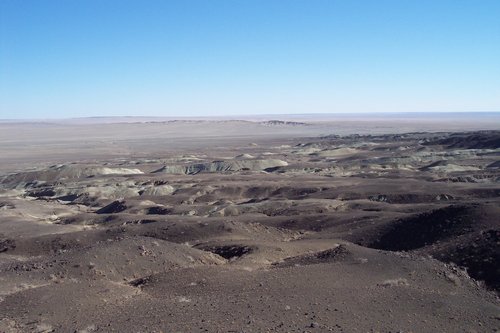
What you see here is the Gobi Desert.
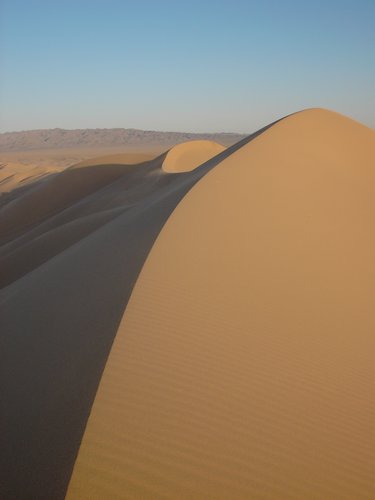
Camels are still used in the Gobi (see next photograph) but there are more modern ways to get around too. (These ways do not include canoes; "Gobi Desert Canoe Club" is a blues bar in Finland as well as a music group from the late 1980s.)
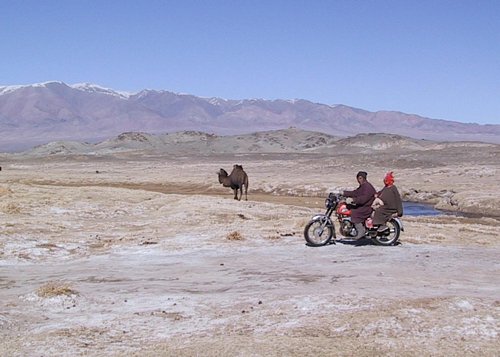
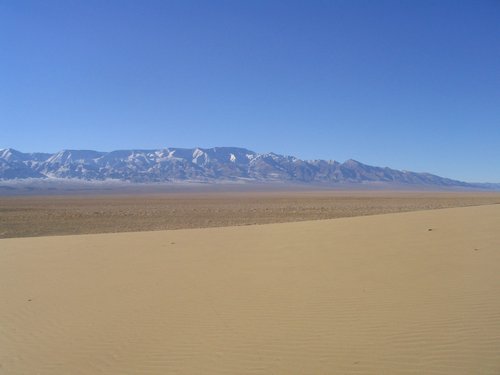
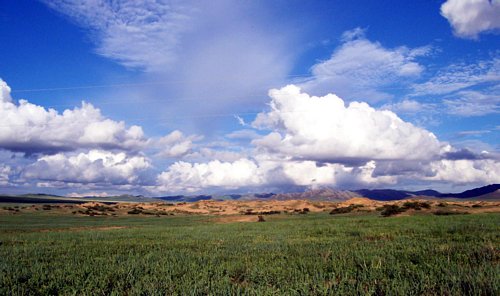
The area pictured above is part of Hustai National Park, about 100
km west of Ulaanbaatar. This is a preserve where you can see wild
Mongolian horses, called Takhi or Przewalski's Horses. See this page for pictures of these
horses.
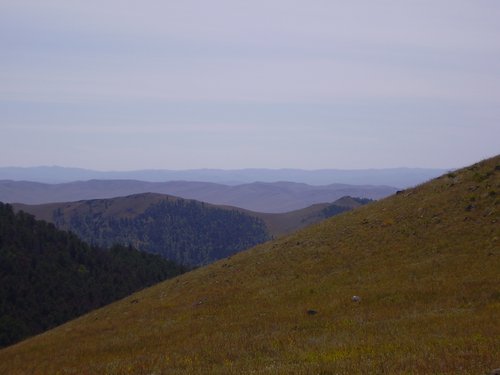
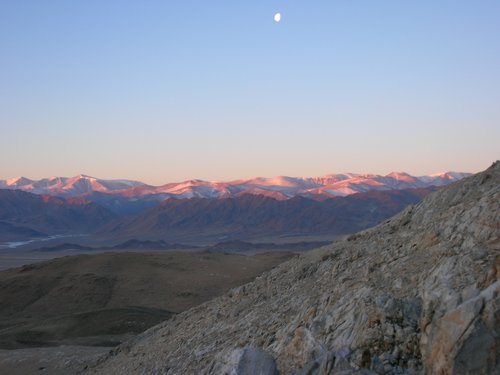
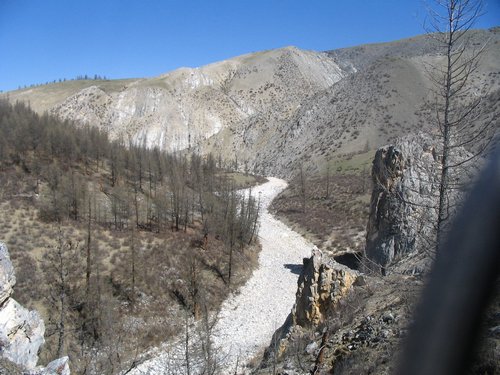
The place above is part of Hovsgol (also called "Khovsgol") which is the most northern aimag (i.e. province) of Mongolia. Obviously, this is a winter shot of Mongolian nature.
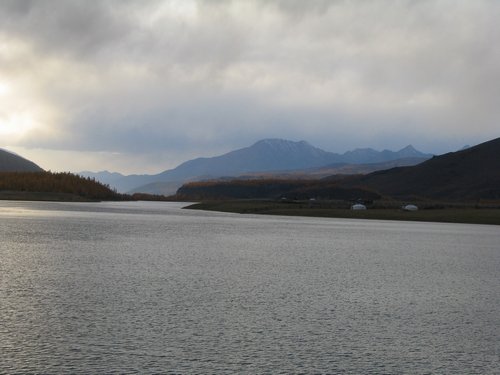
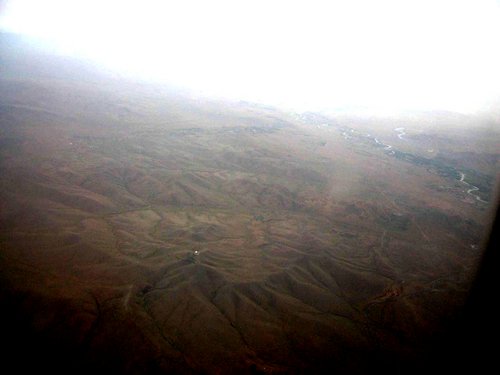
Below you see some of the traditional, and still widely used,
Mongolian
tent homes of the nomads. The yurt (also called a "ger") is not so much
a tent as it is a portable home. They can be set up almost anywhere the
nomads care to go, and they are seen all over, from city suburbs to
barren mountainsides. Now look back at the photograph above, which was
taken from an airplane. See the white speck on the mountain?
Yes, it's a yurt.
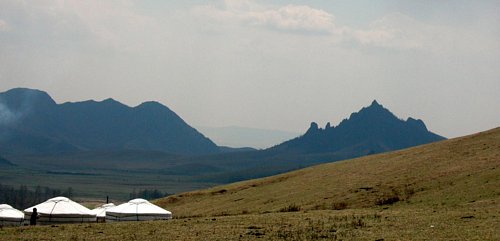

The place above is called Bayandun. It is a "soum" (i.e. district) of Dornod Aimag, the easternmost province of Mongolia. Notice the lack of trees.
Lack of firewood can be a problem in winter, as in the area pictured below.
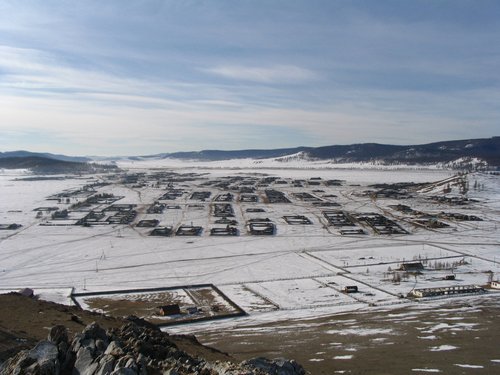
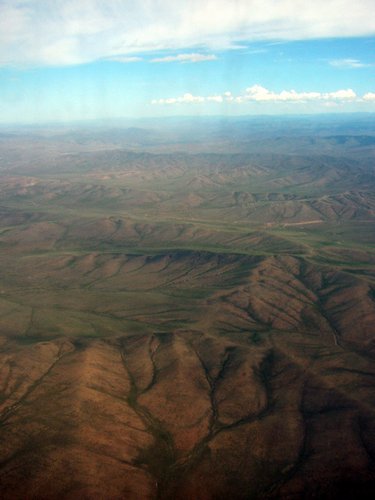
In the picture below, don't you just expect to see Maria singing
"the
hills are alive with the sound of music"?
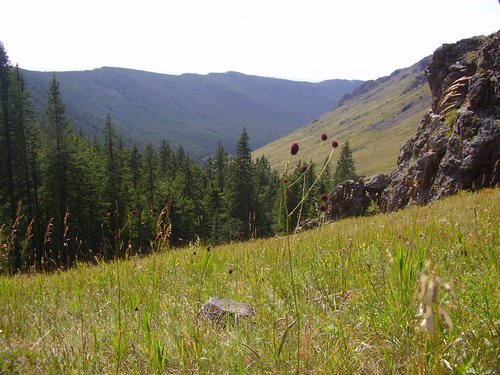
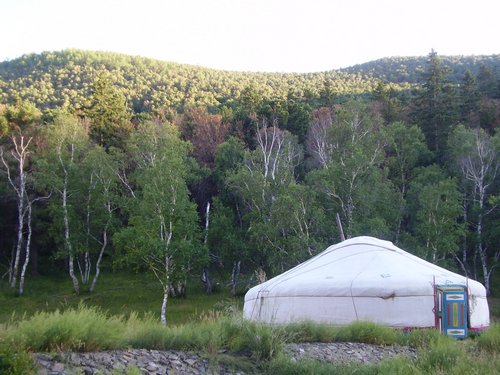
When visiting Mongolia, one of the possibilities for a tourist is to stay in a yurt. In Mongolian nature settings like you see here, it wouldn't seem like much of a hardship would it? (At least, not in the warm months of the year.)
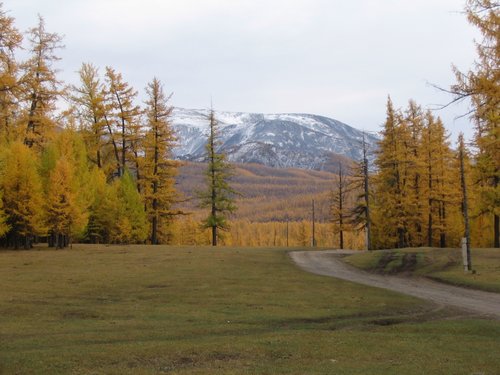
In the photo above, we see Hovsgul again, this time in the autumn.
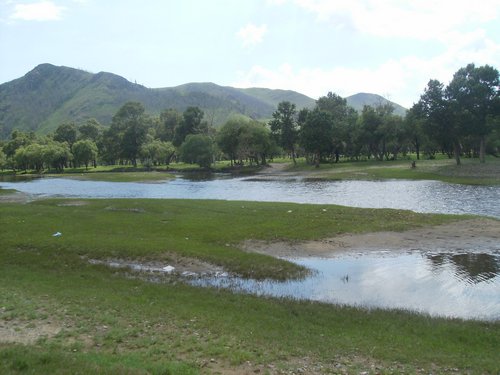
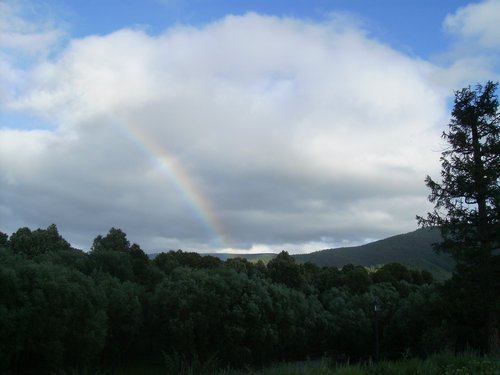
Rainbows make any scene look beautiful...
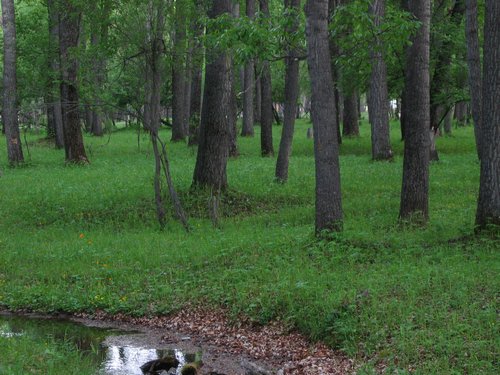
...but many Mongolian scenes need no rainbow to take your breath
away.
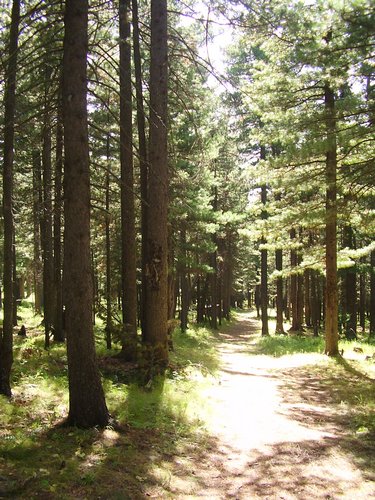
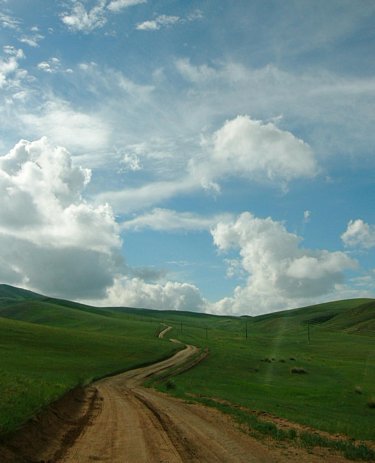
Above is another part of Hustai National Park, where the wild horses roam.
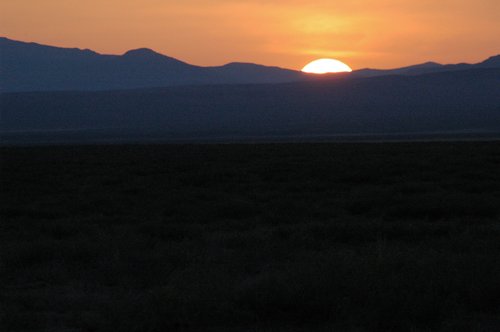
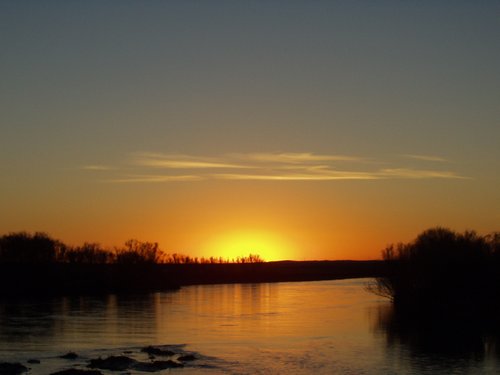
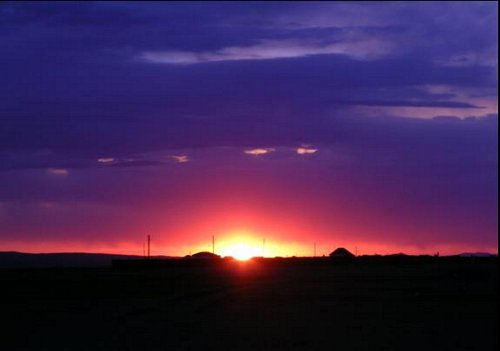
These photos are public domain pictures of Mongolian nature. If you
appreciate them, please pass the word to others about this website
(www.Asia-Insider-Photos.com). Thanks.